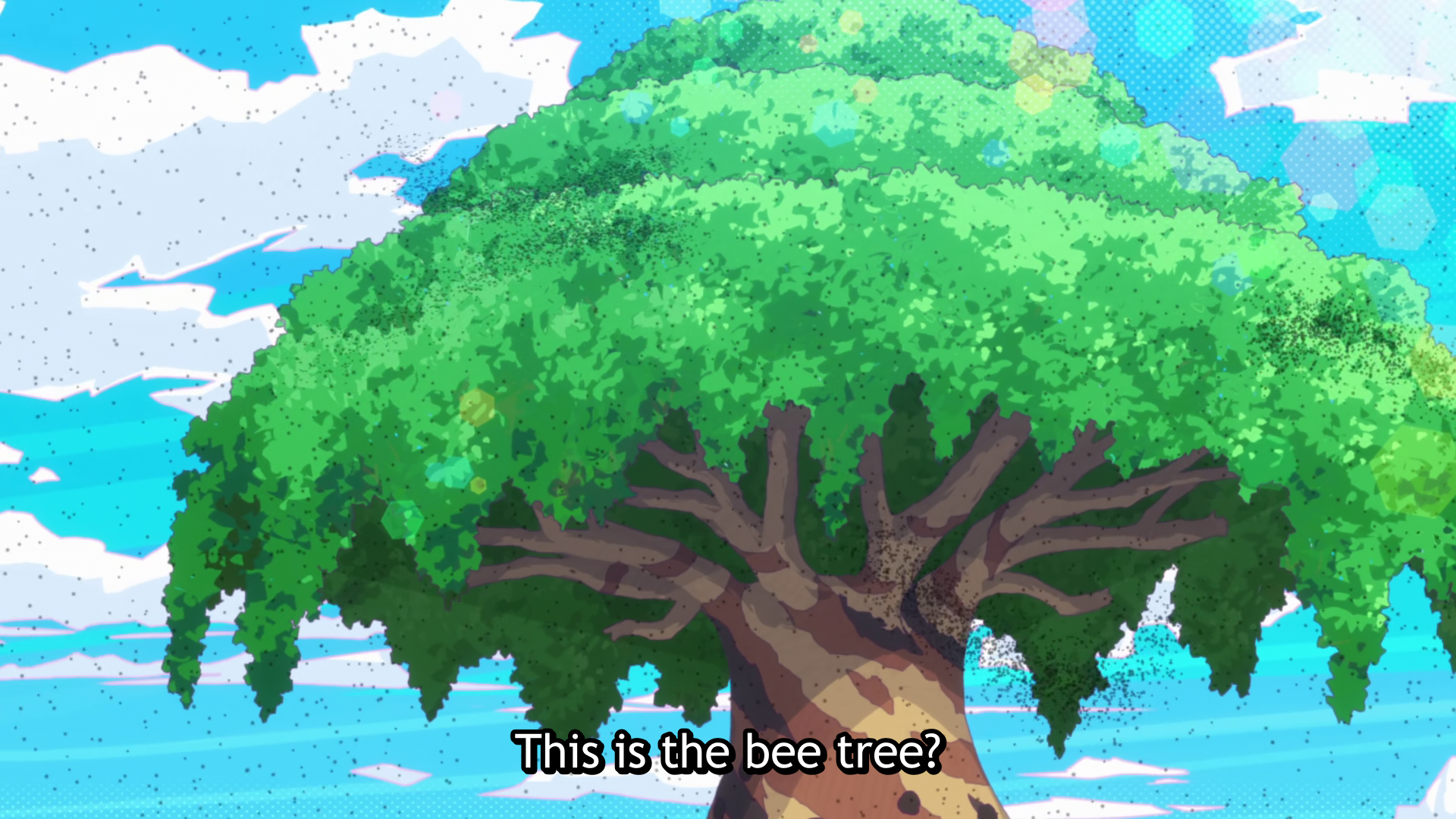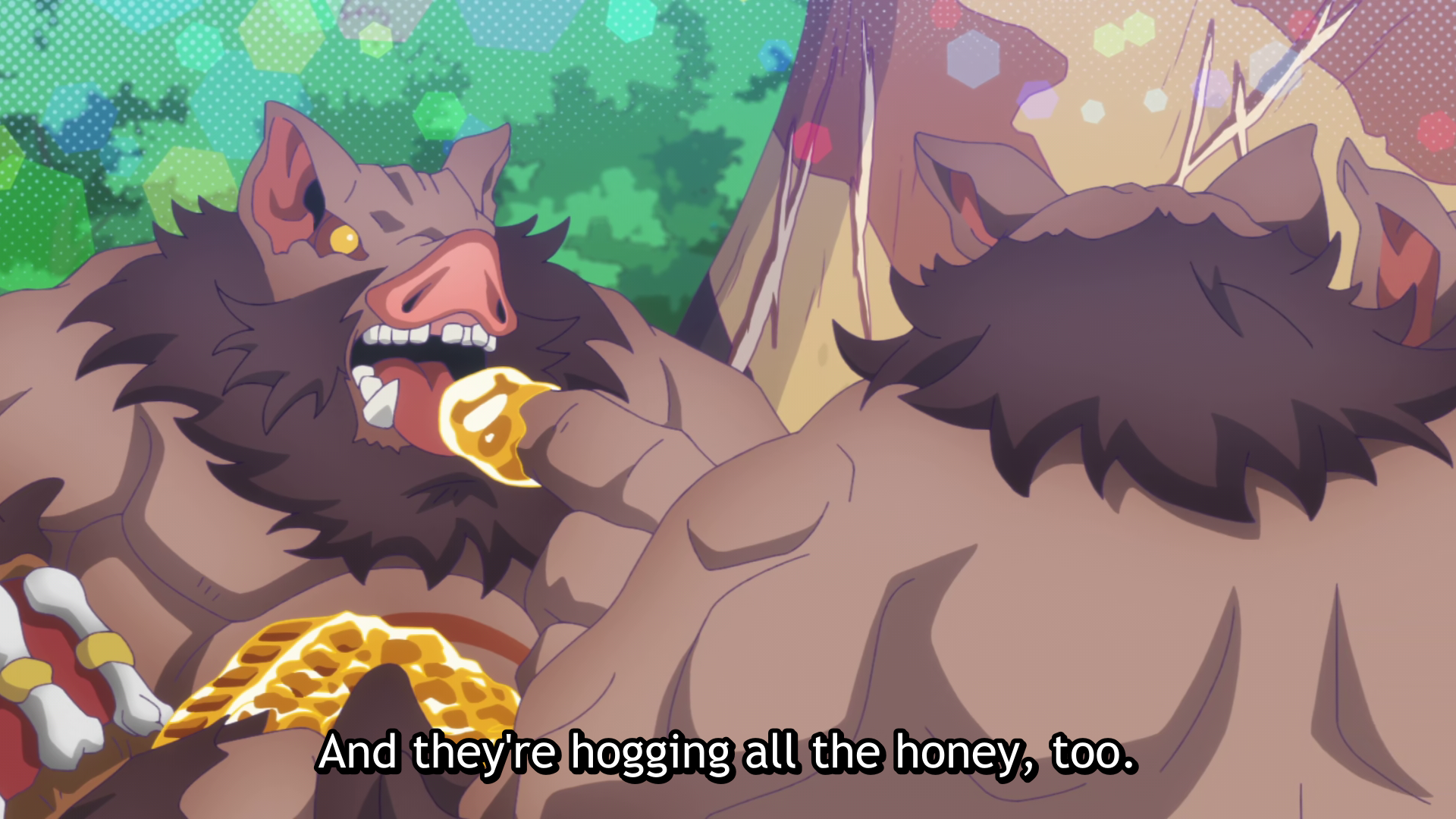Spring 2023 Season
12 April, 2023
The explosion of isekai anime is alive and well as of the Spring 2023 season, with eight new series, two sequels, and one continuation. Speaking of explosions, there is also one spinoff of a popular isekai franchise. However, Kono Subarashii Sekai ni Bakuen wo! will not be covered here, as the crimson demons are all from the other world.
With two isekai shoukan series, one of them back and forth, three reverse isekai, and an akuyaku reijou tale, I think fans of every type of isekai will find something to appreciate this cour, just like with last one. It’s a real feast, so let me go down it series by series.
It is not exactly a secret that, like many fans of older isekai works, I tend to prefer isekai shoukan (or summoning) to isekai tensei (or reincarnation). But this is not the only reason why I am seriously impressed with the start of Isekai Shoukan wa Nidome desu
Saving the world and coming back is a thing you see in a lot of sequels, but rarely do you actually start an anime this way. Past events get to actually feel mysterious this time around, instead of just leaving you out of the loop because you didn’t realize you picked up a sequel. You have a love triangle, complete with an ass-slap, and a chad protagonist, Yuki (or ‘Setsu’ to the otherworlders) who got sucked in with his class the 2nd time around. The human king resents the peace settlement from 5 years ago, and it looks like the goal of round 2 is to make sure things hold up – which offers a lot of potential story elements that simply beating the bad guy doesn’t.



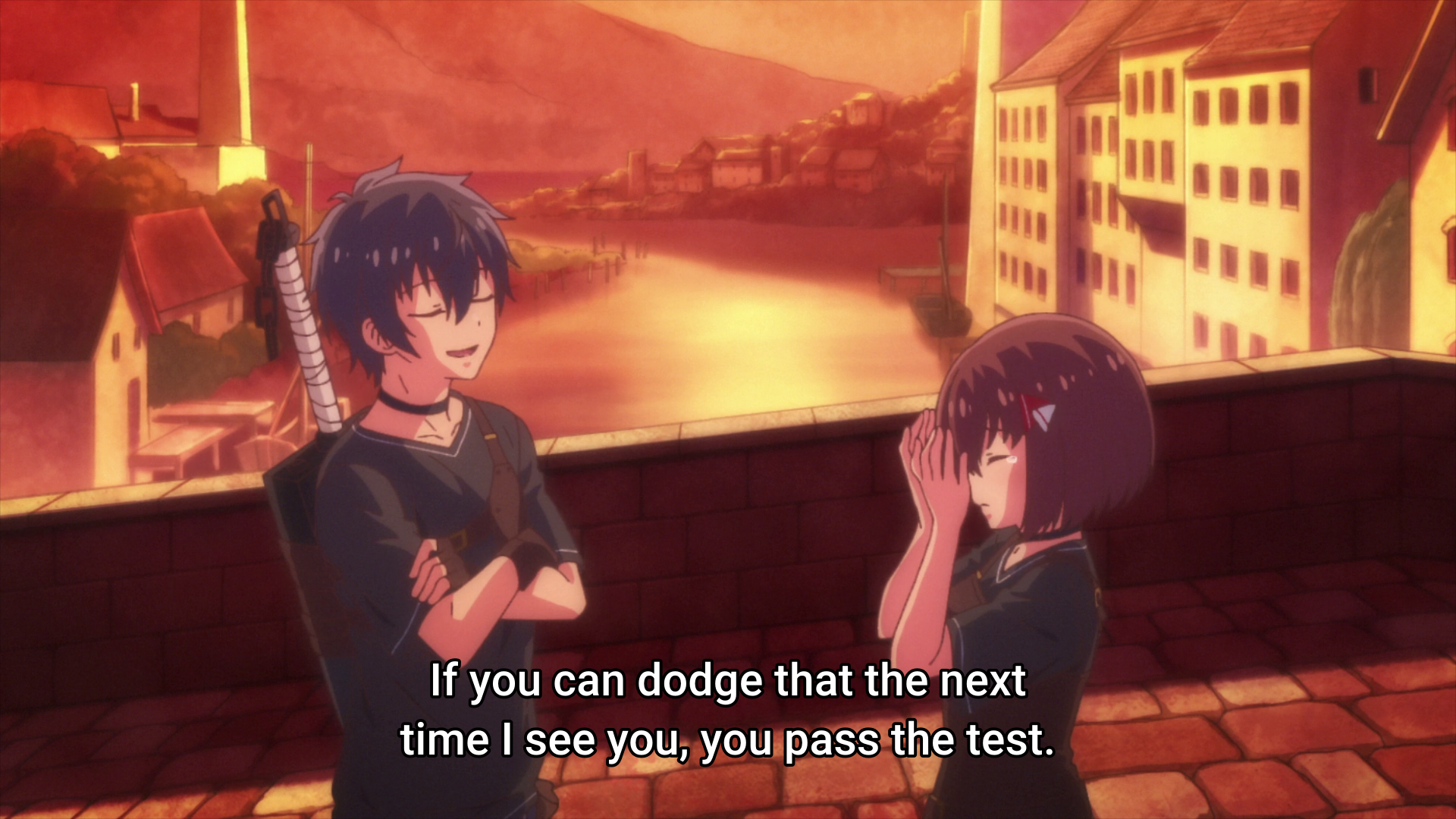
For better or worse, religion is a major social force even today, and was a far more dominant one in the past. Countless intellectuals, especially on the left, have seen it as the root of a great many social problems, while others, citing the atrocities of non-religious regimes in the 20th century, see these problems as rooted in human nature, and believe that the abolition of religion will only lead to new atrocities. And from an isekai perspective, gods have long been common in the genre, and a meeting with one has become a typical part of the isekai tensei experience.
The protagonist of Kaminaki Sekai no Kamisama Katsudou, Urabe Yukito, experiences the worst of both worlds. The son of a cult leader, he is abused in a series of religious rituals, leading ultimately to his drowning in a form of human sacrifice, and a wish to be reborn in a world without religion.

Unfortunately, this comes in the form of a totalitarian state which bans porn and regularly, randomly executes people; at least he’s lucky enough to wake up in the village where they exile people for being a little too free-thinking, as the rest of the country is even worse. The loli goddess Mitama is nice enough to prevent him from dying twice in one episode, and the 2nd episode – and, I suspect, the rest of the series - is spent with the two of them trying to recruit followers. This might be a case where an incredibly heavy 1st episode is followed by an unimpressive storyline, I wasn’t as impressed by the 2nd, but starting a religion from scratch is at least a bit different than what one’s used to.
-
The story of the heroine tasked with protecting her younger brother in the other world, one so devoted she headbanged herself into a coma to arrive there in the first place, is not without its appeal. Unfortunately, I can not shake the feeling that Isekai One Turn Kill Neesan: Ane Douhan no Isekai Seikatsu Hajimemashita has selected the wrong perspective character, and the story suffers as a result. It is admittedly unusual to see this story told through the eyes of the younger brother, but that is the only thing I can say in favor of this decision; being the one who gets rescued is simply not as much fun as being the one who does the fighting.
The humor, at least, is nice, with a main character comparing the other world not just to RPGs in general, but to specific games, and riffing off Isekai wa Smartphone to Tomo ni (which itself has its 2nd season airing this spring) with him selling off his smartphone for the raw materials after he fails to get any reception in the other world. But Maya-nee, the title character, is the story’s real charm, and it’s not that exciting to see her younger brother try and fail at being a hero in the other world.

It is rather common, in isekai tensei stories, to start the protagonist off from a very young age – after all, outside of isekai, reincarnation generally occurs at birth. Tensei Kizoku no Isekai Boukenroku: Jichou wo Shiranai Kamigami no Shito is no exception, following in the well-trod footsteps of shows like Mushoku Tensei; we meet our protagonist at age five. He meets the gods themselves at his baptism, is a child prodigy who graduates from everything his tutors could possibly teach at age 8, and gifts them with national treasure level artifacts in the form of bags of holding as a going away present. He might already be an S rank adventurer by the end of episode 2.
I don’t think this show has much to add, it’s your typical overpowered protagonist at least so far, but if you want to see one wreck everything it’ll perform as advertised.
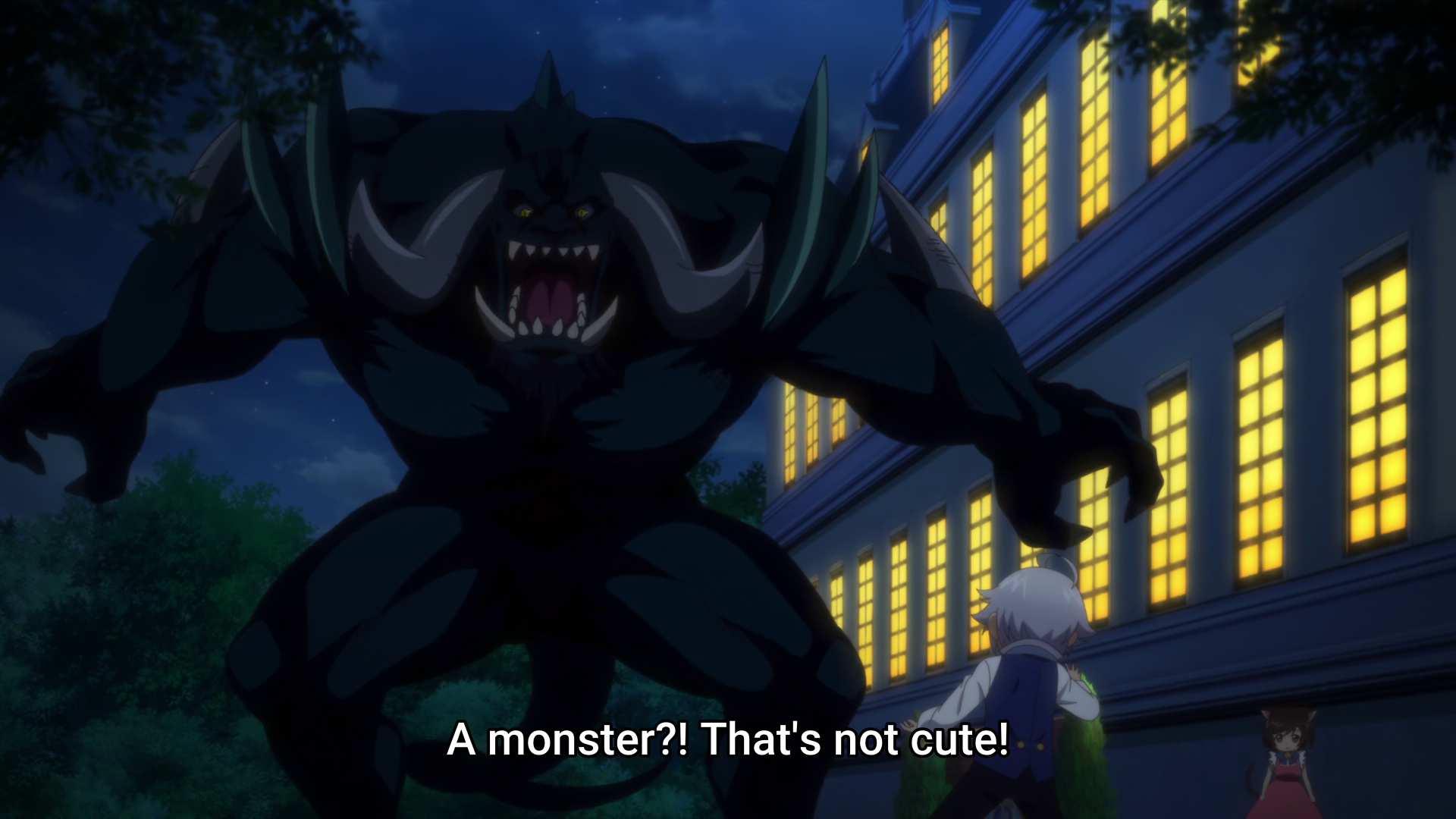
There are people who, whenever they see the phrase “cheat skill” in the title of an isekai, instantly click away. But to the credit of Isekai de Cheat Skill wo Te ni Shita Ore wa, Genjitsu Sekai wo mo Musou Suru: Level Up wa Jinsei wo Kaeta, it’s not just a story of him being completely overpowered. There’s pathos and suffering, at least in the 1st episode; you really feel for Tenjou Yuuya when he’s the bullied fat kid and still trying to protect Kaori from harassment. All of which makes it easy enough to cheer when he does get the cheat skill in another world the other side of his bathroom’s door.

Iseleve very much takes the social mobility undercurrent in isekai literally; not only do the treasures he earn in the other world make him set for life back on Earth, not only does he go from fat to to attractive, but Kaori happens to be the daughter of a top high school’s principal, and he’s allowed to transfer in as a result, despite his own concerns about if his grades are good enough. It spends surprisingly little time in the other world in the first two episodes, enough to make one suspect the whole thing was just a plot device for what’s otherwise a school life show… except for the part where, towards the end of the 2nd episode, Yuuya rescues yet another girl. This one in the other world. From orcs.
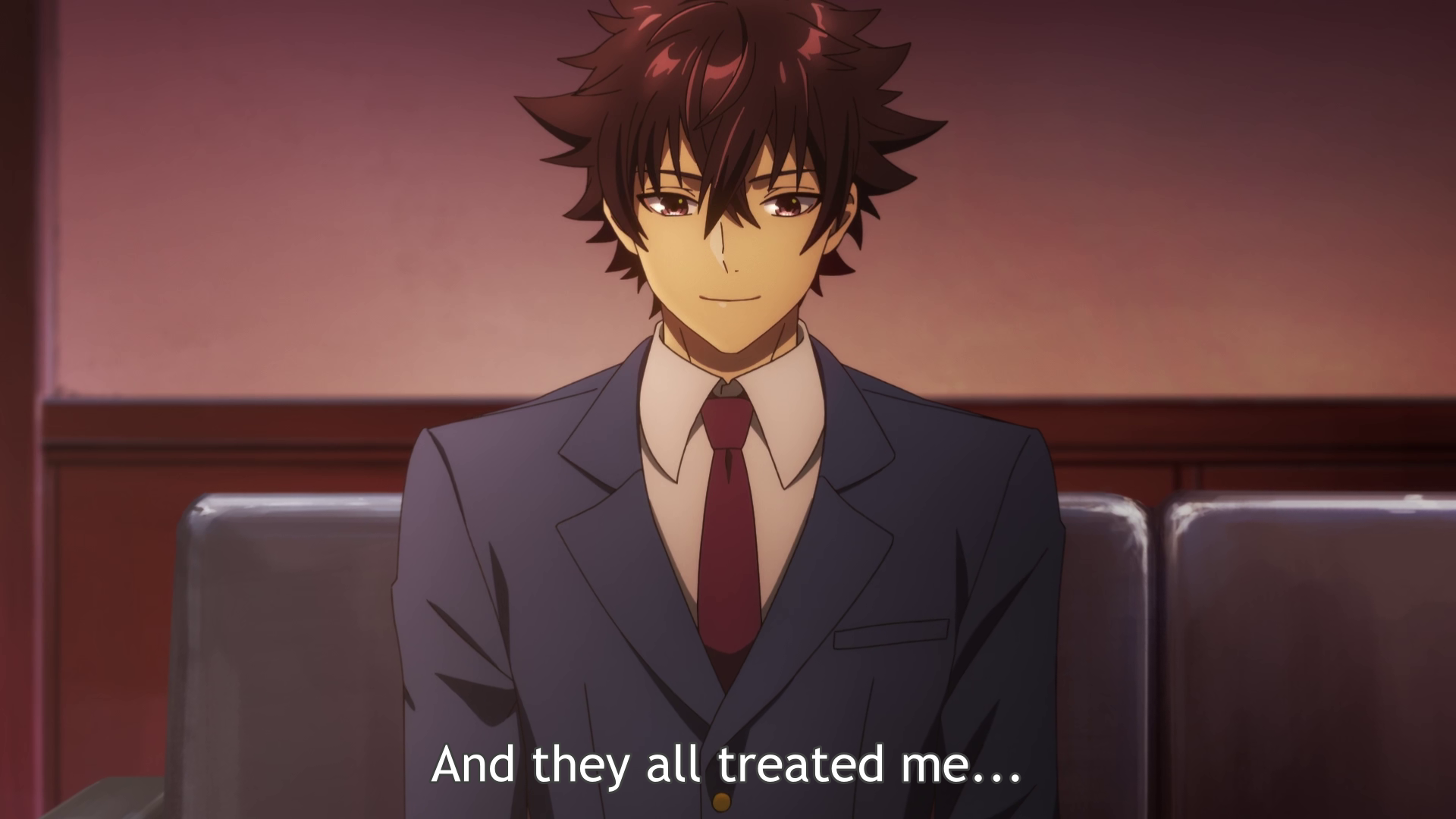
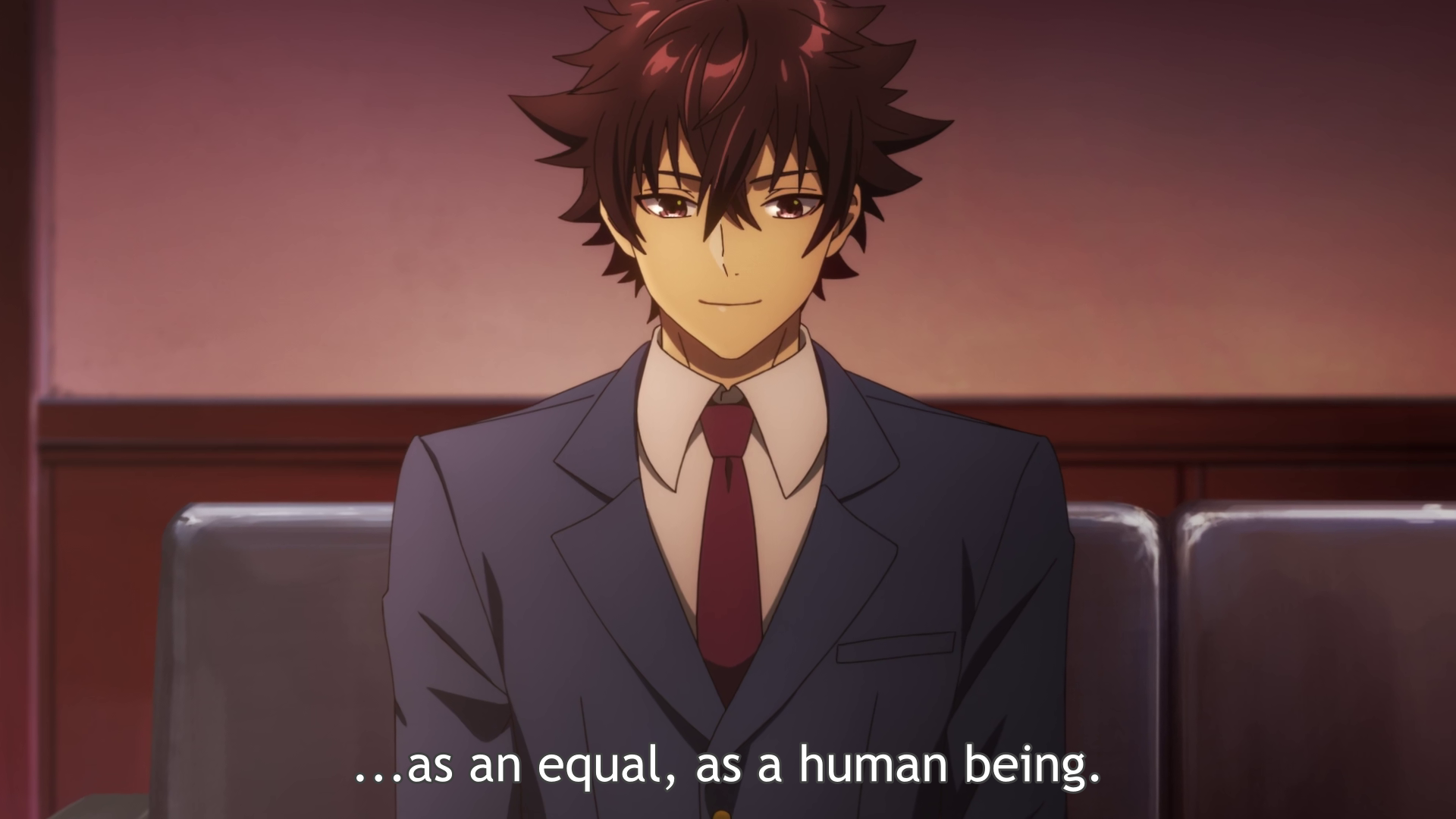
The day may come when enough akuyaku reijou stories receive anime adaptations to sour people on the whole formula. If it does, I think Kanojo ga Koushaku-tei ni Itta Riyuu will still have enough variations to stand out. Adapted from a Korean manhwa, Koshakutei gives us a protagonist reincarnated into a book, not an otome game (fair enough, with how much akuyaku reijou stuff tends to vary from the typical otoge) into a setting reminiscent of the 18th or 19th century in Europe, complete with a landed aristocracy trying to incorporate a wealthy but status-poor rising bourgeoisie. If anything, given that her family are literal oil barons, technology has advanced further than in our world by that period, but politics has not managed to keep up.
But Raeliana is a side character, not the villainess, at least in the book. A side character who dies early, at that, poisoned by an abusive fiancee – and who gets involved with the heir to the throne as a means of escaping him.

The concept of a hikikomori god is an old one – after all, a typical god appears to mortals only on special occasions, whether that is an appearance at festivals or speaking only occasionally to profits. Many a recluse reluctantly leaving their room to peek out at a family gathering, after all, can point to Amaterasu hiding in a cave as an ancient precedent for their asocial tendencies.
Making that god also an elf and an otherworlder, as in Edomae Elf, is not. The first episode does not give us anything of the title character’s experiences before coming to Earth, and focuses on her miko’s frustrations at dealing with her, but also some touching moments between the two, such as searching for her as a child when lost in a snowstorm.
Elves being centuries old is common enough in fantasy, but rarely are they on Earth enough for concrete comparisons; this one, who was enshrined in Edo as favor to Tokugawa Ieyasu 400 years ago, gives a sense of just how long an elf lives when placed against the span of human history.

The concept of “reverse isekai” usually involves demihumans enjoying the wonders of modern life, and occasionally dealing with the problems therein. Dead Mount Death Play, however, takes it very literally, complete with the protagonist being a human knight who arrives here after a battle in the other world, and awakens on Earth with an open wound in his neck. The cops he runs into are concerned, and a chuuni yandere tries to kill him, while back home, the residue of teleportation magic leaves his comrades wondering if he’s truly dead.

With a February release, Hirogaru Sky Pretty Cure, like the rest of its franchise, runs on a schedule distinct from that of your typical seasonal anime; its tenth episode aired last week. Its protagonist, Sora is introduced when she falls to Earth from a country called skyland, where people ride birds; she’s supposed to keep this part secret, but does a poor job, and other characters have to cover for her by pretending ‘Skyland’ is in Scandinavia. The other cures met so far are the granddaughter of a Skylandian scholar, Mashiro (although she learns this part in-story) and a flightless bird, Tsubasa.
Although an isekai, it’s very much a PreCure story, and while it has some really sweet character moments (including a taste of home last week, as the characters try to make ‘yakitai’, Skyland’s equivalent of taiyaki, and Tsubasa misses eating with his parents), it does have a slowly moving plot and a monster of the week format. But on the bright side, being in a franchise like PreCure does mean we have dozens more episodes to enjoy.

Although popular enough to get a second season, Isekai wa Smartphone to Tomo ni is something of a poster child for everything people who are not isekai fans, and even some who are, dislike about the genre or trends therein. And the many, many criticisms of its generic story and overpowered protagonist are not unjustified. Some authors know how to make an entertaining story where you know the hero will win and the fun part is in finding out how; Fuyuharu Patora, unfortunately, is not among them.
To its credit, the author does know how to write a literal harem story, taking advantage of the other world’s polygamy, and there’s something very appealing from that perspective about Touya’s wives talking about how they fell for him while undressing for the bath. And there’s some adventure, if not much tension – a mithril golem fight, protecting runaway slaves (and dispelling their slave collars), and in the biggest challenge faced in the first two episodes, failing to flip a girl’s skirt with fire and wind magic. This is not a great story, but at least the girls are cute.

 Finally, for fans of MMO isekai and/or bears, Kuma Kuma Kuma Bear also gets a season 2, this one called Kuma Kuma Kuma Bear – Punch! We return to Yuna and her bears as they take a quest to recover their honey, as monsters were menacing the bee tree, and then move on to her taking a job as a teacher for the other world’s aristocrats. They’re surprisingly decent people, not as haughty and arrogant as she expected, and she (and her bears) help them out on some adventure quests for a hands-on, practical lesson.
Finally, for fans of MMO isekai and/or bears, Kuma Kuma Kuma Bear also gets a season 2, this one called Kuma Kuma Kuma Bear – Punch! We return to Yuna and her bears as they take a quest to recover their honey, as monsters were menacing the bee tree, and then move on to her taking a job as a teacher for the other world’s aristocrats. They’re surprisingly decent people, not as haughty and arrogant as she expected, and she (and her bears) help them out on some adventure quests for a hands-on, practical lesson.
